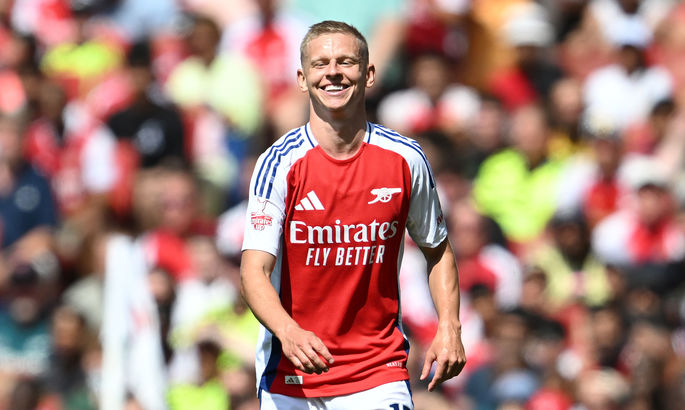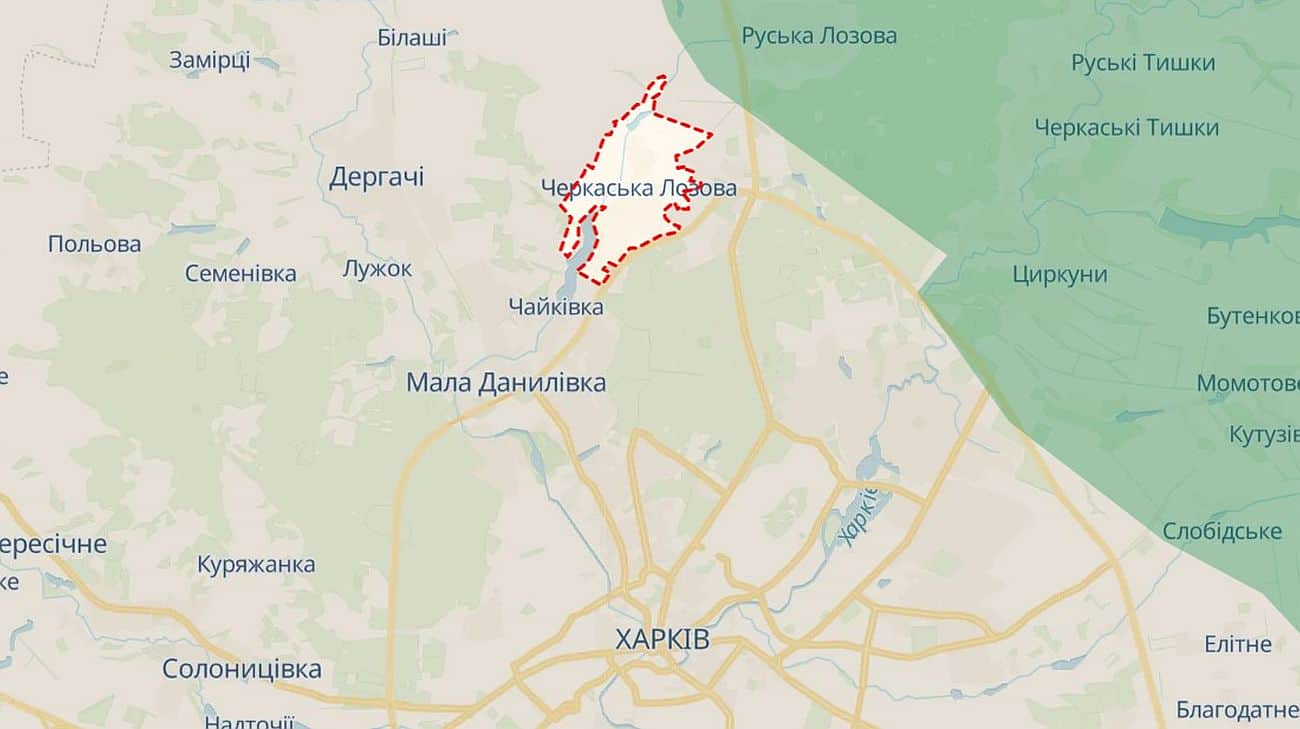ARTICLE AD BOX
Russia’s war with Ukraine started when it seized Crimea in February 2014, and who ends up in possession of Crimea remains one of the biggest sticking points in ending the war.
So far, Ukraine has been unable to take Crimea back by force, and Russia has been unable to defend it effectively as a base of operations.
A United States general told Al Jazeera that Ukraine is likely to launch a major new campaign to win back Crimea this year and says Washington should fully support it.
“We could be 100 percent clear to the Ukrainians and the Russians that we are 100 percent in favour of them retaking Crimea however they do it,” General Ben Hodges said.
He added: “Crimea … is sovereign Ukraine, and there will be no US tapping the brakes if they take down that Kerch Bridge – which I do predict is going to happen this year.”
Hodges commanded US troops in Iraq and Afghanistan and was head of US forces in Europe before retiring.
Why is the Kerch Bridge important?
The Kerch Bridge is Russia’s only physical connection to Crimea. It stretches 19km (12 miles) from the region of Krasnodar Krai to the eastern side of the peninsula. Russian President Vladimir Putin inaugurated it in 2018.
Since Russia’s full-blown invasion of Ukraine in February 2022, it has been a vital conduit for men and materiel to Russia’s southern front.
“Crimea was and remains the basis for lines of communication on the southern strategic flank of Russian aggression,” then-Ukrainian Commander-in-Chief Valerii Zaluzhnyi wrote in September 2022 in a paper penned with the chairman of the parliamentary defence committee, Mykhailo Zabrodskyi.
“The territory of the peninsula allows for the deployment of significant groups of troops and supplies of materiel resources. Finally, Crimea is home to the main base of the Black Sea Fleet and a network of airfields for conducting air strikes on almost the entire depth of the territory of Ukraine,” they wrote.
Over two years, Ukraine has neutralised these Russian advantages with staggering success.
Its naval and aerial drones and missiles have repeatedly struck Sevastopol and the five major airfields on Crimea, forcing the Black Sea Fleet to in effect abandon its base and the Russian air force to pull back its fighter jets to the Russian mainland.
Russia has ferried in air defence systems, but Ukraine has been taking them out at such a rate, its air force spokesman recently referred to Crimea as a “graveyard for Russian air defence systems”.
These actions left Crimea militarily almost useless except as a supply route, and Ukraine has focused on the Kerch Strait as its most vulnerable chokepoint.
Ukraine revealed how vulnerable the Kerch Bridge itself was by blowing up a truck bomb on it in October 2022, collapsing part of its road deck into the Sea of Azov.
In July last year, two Ukrainian surface drones disabled the bridge again, forcing Russia to rely on ferries to bring ammunition, fuel and equipment across the Kerch Strait.
But this year, Ukraine destroyed all three of the large ferries Russia was using, leaving the bridge as Russia’s only logistics option.
‘An operation with several different phases’
Russia recently sank ships on either side of the bridge’s main span to protect its stanchions against Ukraine’s naval drones. Hodges believes Ukraine is now coming in for the final kill.
“The Russians know how vulnerable that bridge is, so they’ve put a lot of effort into air defence. They’ve sunk ferries along both sides to protect against these unmanned systems,” Hodges said.
“You’re not going to take it out with two or three Storm Shadows or ATACMS or something like that,” he said, referring to the British missiles with a 250km (155-mile) range and the US Army Tactical Missile Systems with a 300km (185-mile) range, which Ukraine has.
“You’re going to need an enormous amount of explosives, so this is going to be an operation with several different phases and aspects.
“It’s not going to be, ‘We didn’t get it this week. Let’s try again next week’. It’s going to be quite an operation,” Hodges added.
Politics may determine the timing.
“I think they’ll do it at a time when it gets literally the biggest bang but also contributes the most to whatever else is going on,” Hodges said.
The US presidential election in November is a focal point for both sides.
Republican candidate Donald Trump has opposed sending Ukraine more military aid and said he would “end the war in a day” if he wins.
Last month, Ukraine staged a successful counterinvasion of Russia in its Kursk region, seizing about 1,300sq km (810sq miles) in three weeks – slightly more land than Russia has seized in Ukraine since the beginning of the year.
An operation that took down the Kerch Bridge during any negotiation Ukraine was forced into would greatly strengthen its hand.
Not everyone agrees that a Ukrainian operation against the Kerch Bridge is imminent.
“One of the reasons they’re leaving it is … they need to leave a path for the Russians to evacuate. They’re positioning themselves for that,” said Colonel Demetries Andrew Grimes, a special forces commander who was one of the first US officers to go to Ukraine after Russia’s 2014 invasion of Crimea.
He told Al Jazeera the timing of a Kerch Bridge operation would depend on whether Kyiv believes a majority of the population in Crimea would support a return of Ukrainian control.
“If [Ukraine’s armed forces] make the move and masses of Russians start leaving, then that’s a psychological victory. It’ll demonstrate that the Russian civilians don’t have faith in the Russian military protecting them and maintaining control of Crimea,” Grimes said.
That would place Russia in a dilemma – whether to force more military supplies in or allow waves of Russian speakers to leave.
“If you have a massive wave of people that are trying to leave, it’s going to be difficult for the Russians to try to bring in more supplies of weaponry.”
Russia conducted a referendum in Crimea in September 2022, and a vast majority voted in favour of its annexation. Much of the international community has rejected that referendum as forced and invalid.
Experts are divided on where Crimean sympathies lie.
During the fourth summit of the Crimea Platform, a conference launched by Kyiv to bring attention to the question of Crimea, Polish Foreign Minister Radoslav Sikorski said Crimea should become neutral for a cooling-off period.
“We could transfer it to the UN mandate with a mission to prepare an honest referendum after checking who are legal residents and so on. … And we could postpone it for 20 years,” he was quoted as saying by Interfax Ukraine.
Assistant Professor Eleanor Knott at the London School of Economics carried out qualitative research in Crimea before the war.
“My research shows that it is likely that Crimea was not passportised by Russia prior to annexation because Crimea’s residents viewed Russian citizenship as inaccessible, undesirable, illegitimate, and illegal,” she wrote.
A Ukrainian resistance movement provides updates on the effectiveness of Ukrainian strikes in Crimea.
“A notable aspect of the resistance is the participation from Crimea, an area previously thought to be subdued after years of occupation. Reports indicate that a large number of women from Crimea have joined the resistance,” King’s College London’s Jade McGlynn wrote in a paper on occupied Ukraine last month, titled Crossing Thresholds.
That resistance has reportedly poisoned Russian soldiers and sabotaged railways at enormous risk.
“We will make it absolutely clear that we will force Russia to face reality, namely international law, the power of global solidarity and the need to restore full justice for Ukraine, ultimately a lasting peace for our entire land,” Ukrainian President Volodymyr Zelenskyy said at the Crimea Platform summit.
European Commission President Ursula von der Leyen agreed in a statement this month: “It is clear: Crimea and Sevastopol are Ukraine.”

 3 months ago
60
3 months ago
60








 English (US)
English (US)